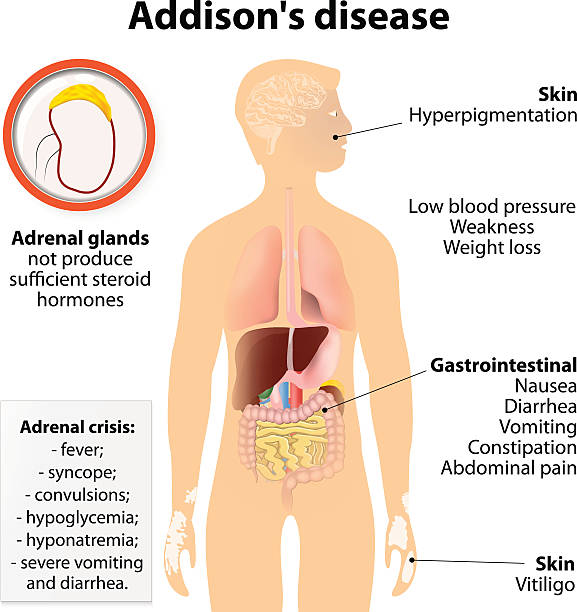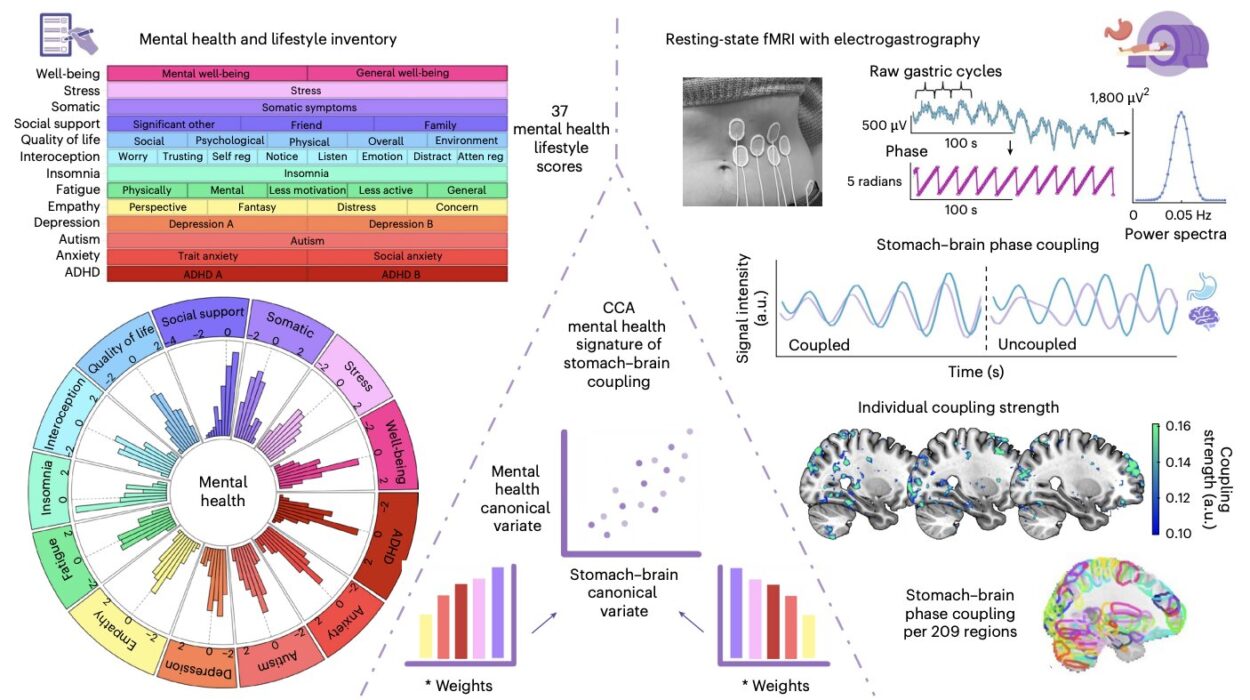Deep within the male pelvis lies a walnut-sized gland that often goes unnoticed until it causes problems—the prostate. Positioned just below the bladder and encircling the urethra, the prostate plays a vital role in male reproductive health. It produces a fluid that nourishes and protects sperm, ensuring fertility and the continuation of life. Yet, despite its small size, when the prostate becomes inflamed or infected, it can profoundly disrupt a man’s quality of life.
That condition is called prostatitis—a broad term describing inflammation of the prostate. Unlike prostate cancer or benign prostatic hyperplasia (BPH), prostatitis is not primarily about growth or malignancy. Instead, it is a complex condition that can appear suddenly or persist for months, causing pain, urinary difficulties, and in some cases, psychological stress.
Prostatitis affects millions of men worldwide, from teenagers to the elderly, and it is one of the most common reasons men under 50 visit a urologist. Despite its prevalence, the condition is often misunderstood, misdiagnosed, or mistreated, partly because it can take many different forms.
To truly understand prostatitis, we need to look at its causes, symptoms, methods of diagnosis, and the wide array of treatment options—while also considering its emotional and social impact.
What is Prostatitis?
Prostatitis refers to inflammation of the prostate gland, which can be due to infection, injury, or other unknown causes. But prostatitis is not just one disease. The National Institutes of Health (NIH) has classified prostatitis into four categories:
- Acute bacterial prostatitis – A sudden and severe infection of the prostate, often accompanied by fever, chills, and painful urination. It requires urgent medical care.
- Chronic bacterial prostatitis – A recurrent bacterial infection that lingers for months or keeps coming back, often leading to persistent discomfort and urinary problems.
- Chronic prostatitis/chronic pelvic pain syndrome (CP/CPPS) – The most common form, responsible for about 90% of cases. It involves pelvic pain lasting more than three months, often without evidence of bacterial infection. Its exact cause remains unclear.
- Asymptomatic inflammatory prostatitis – A silent form detected only during medical testing, often when evaluating fertility or another prostate condition.
Each type presents differently, requiring tailored diagnostic approaches and treatments.
Causes of Prostatitis
The causes of prostatitis are diverse, and sometimes they remain elusive. Understanding them helps us appreciate why the condition is so challenging to manage.
Bacterial Infections
In acute and chronic bacterial prostatitis, bacteria are the main culprits. Common offenders include Escherichia coli (E. coli), Klebsiella, Proteus, Enterococcus, and Pseudomonas. These bacteria may travel from the urinary tract, bladder, or even bloodstream into the prostate.
Risk factors for bacterial prostatitis include:
- Urinary tract infections (UTIs)
- Catheter use
- Recent urinary tract surgery
- Structural abnormalities of the urinary tract
- Unprotected sexual activity (in rare cases, sexually transmitted infections)
Non-Bacterial Causes
For chronic prostatitis/chronic pelvic pain syndrome, the causes are far less clear. Theories include:
- Inflammatory response: The immune system may trigger inflammation without infection.
- Pelvic floor dysfunction: Chronic muscle tension or spasms in the pelvic area can mimic or trigger prostatitis symptoms.
- Nerve-related pain: Neuropathic pain pathways may amplify discomfort even without infection.
- Autoimmune mechanisms: Some cases may involve the body attacking its own prostate tissue.
- Psychological stress: Stress and anxiety are known to worsen pelvic pain, creating a vicious cycle between the mind and body.
Other Contributing Factors
- Trauma or injury to the pelvis
- Certain viral infections
- Backflow of urine into prostate ducts
- Hormonal changes that affect prostate tissue
The variety of causes reflects why no single treatment works for every patient.
Symptoms of Prostatitis
The symptoms of prostatitis range from mildly annoying to debilitating. They often depend on the type of prostatitis and whether infection is involved.
Acute Bacterial Prostatitis
This form develops suddenly and is often dramatic. Common symptoms include:
- Severe pelvic, perineal (area between scrotum and anus), or lower back pain
- Fever, chills, and flu-like feelings
- Painful or burning urination (dysuria)
- Frequent and urgent urination
- Difficulty starting urination or weak urine flow
- Painful ejaculation
- Sometimes, blood in the urine (hematuria)
If untreated, it can progress to urinary retention or even life-threatening sepsis.
Chronic Bacterial Prostatitis
This form is less intense but longer lasting. Symptoms may include:
- Recurrent urinary tract infections
- Pelvic or perineal pain
- Pain during or after ejaculation
- Persistent urinary frequency or urgency
- Low-grade fever (occasionally)
Chronic Prostatitis/Chronic Pelvic Pain Syndrome (CP/CPPS)
This is the most complex form, often frustrating for patients. Symptoms can persist for months and include:
- Ongoing pelvic pain without clear infection
- Pain in the perineum, penis, testicles, or lower abdomen
- Discomfort during urination or ejaculation
- Erectile dysfunction or reduced sexual satisfaction
- Fatigue and mental distress due to chronic pain
Asymptomatic Inflammatory Prostatitis
This type has no noticeable symptoms. It is usually discovered incidentally during tests for infertility or other prostate conditions.
The Emotional and Psychological Toll
Living with prostatitis is not just a physical battle. Chronic pelvic pain can erode quality of life, leading to frustration, anxiety, and depression. Sexual dysfunction—common in prostatitis—can strain relationships and self-esteem. The unpredictability of flare-ups often leaves men feeling powerless and misunderstood.
Because prostatitis is less publicly discussed than conditions like heart disease or diabetes, many men suffer in silence. Raising awareness and acknowledging the psychological burden is essential for comprehensive care.
Diagnosis of Prostatitis
Diagnosing prostatitis is challenging because symptoms overlap with other urinary or prostate conditions, such as BPH, bladder infections, and even prostate cancer. Doctors typically use a combination of medical history, physical examination, laboratory testing, and imaging studies.
Medical History and Symptom Review
The first step involves discussing symptoms, duration, sexual history, and previous urinary or prostate issues. Physicians may use standardized questionnaires like the NIH Chronic Prostatitis Symptom Index to gauge severity.
Digital Rectal Examination (DRE)
During this exam, a doctor inserts a gloved finger into the rectum to feel the prostate. Tenderness may suggest prostatitis, while size and texture changes may indicate other conditions.
Laboratory Tests
- Urine tests: To detect bacteria, white blood cells, or infection markers.
- Semen analysis: Sometimes used to check for infection.
- Prostate secretion tests: Fluid collected after a prostate massage may be examined under a microscope.
Imaging and Additional Tests
- Ultrasound or MRI: To evaluate structural abnormalities or abscesses.
- Cystoscopy: A camera inserted into the bladder to rule out other urinary problems.
- Blood tests (PSA levels): Sometimes ordered, but PSA can be elevated in prostatitis, complicating interpretation.
Because no single test definitively diagnoses all forms, physicians must rely on a combination of evidence.
Treatment of Prostatitis
Treatment depends on the type of prostatitis, its cause, and the severity of symptoms.
Treating Acute Bacterial Prostatitis
- Antibiotics are the cornerstone. Commonly prescribed drugs include fluoroquinolones, trimethoprim-sulfamethoxazole, or beta-lactams. Treatment may last 2–6 weeks.
- Pain relievers such as NSAIDs (ibuprofen) help manage discomfort.
- Hydration and rest support recovery.
- In severe cases, hospitalization with intravenous antibiotics may be necessary.
Treating Chronic Bacterial Prostatitis
- Longer courses of antibiotics, sometimes up to 12 weeks, are used.
- Low-dose antibiotics may be prescribed to prevent recurrences.
- Alpha-blockers (e.g., tamsulosin) relax prostate and bladder muscles, easing urination.
- Anti-inflammatory medications reduce discomfort.
Managing Chronic Prostatitis/Chronic Pelvic Pain Syndrome (CP/CPPS)
Because this form lacks a clear bacterial cause, treatment is more complex and often multimodal:
- Medications: Alpha-blockers, anti-inflammatories, muscle relaxants, or neuropathic pain medications.
- Physical therapy: Pelvic floor therapy can reduce muscle tension.
- Lifestyle changes: Stress reduction, dietary adjustments, regular exercise.
- Alternative therapies: Acupuncture, biofeedback, and mindfulness practices have shown benefits in some studies.
- Psychological support: Counseling or therapy addresses the emotional toll.
Treating Asymptomatic Inflammatory Prostatitis
Since it causes no symptoms, treatment is usually unnecessary unless linked to fertility issues.
Lifestyle and Self-Care for Prostatitis
Medical treatment is essential, but lifestyle changes can play a powerful role in managing prostatitis:
- Drinking plenty of water to flush bacteria.
- Limiting alcohol, caffeine, and spicy foods that may irritate the bladder.
- Practicing safe sex to reduce infection risks.
- Regular, non-strenuous exercise to improve circulation and reduce stress.
- Warm baths or heating pads to ease pelvic pain.
These measures help men regain some control over their condition.
Prostatitis vs. Other Prostate Conditions
It is important to distinguish prostatitis from other prostate disorders:
- Benign prostatic hyperplasia (BPH) is prostate enlargement, usually in older men, causing urinary obstruction but not necessarily pain.
- Prostate cancer is malignant growth that may initially have no symptoms, but can later mimic prostatitis.
Doctors must carefully differentiate between these conditions, as their treatments differ drastically.
Long-Term Outlook
For many men, prostatitis is treatable, but the journey may be frustrating. Acute bacterial prostatitis often resolves with antibiotics, but chronic forms can linger or recur. CP/CPPS, in particular, may require long-term management rather than a definitive cure.
The good news is that ongoing research is uncovering new therapies, from novel antibiotics to immune-modulating drugs and advanced pain management strategies. With proper care, most men can regain control of their lives, reduce flare-ups, and maintain sexual and urinary health.
Prostatitis and Quality of Life
Beyond medical treatment, addressing prostatitis means restoring dignity and confidence. Men often fear discussing pelvic or sexual health issues, but openness is crucial. Support groups, patient education, and compassionate healthcare providers can make a world of difference.
By understanding prostatitis not only as a physical illness but as a condition that impacts emotions, relationships, and self-image, we move toward a more holistic approach to healing.
The Future of Prostatitis Care
The future holds promise. Advances in microbiome research may uncover hidden bacterial triggers. Precision medicine may allow individualized treatment based on genetics and immune profiles. Non-invasive therapies, such as nerve stimulation or advanced physiotherapy, could replace long-term medications.
Ultimately, prostatitis research is moving toward the same goal shared by patients and doctors alike: relief from pain, restoration of function, and renewal of well-being.
Conclusion: Seeing Prostatitis in a New Light
Prostatitis is more than a medical term—it is a lived reality for millions of men. It is pain, frustration, and sometimes silence. But it is also resilience, hope, and the possibility of healing. Understanding its causes, recognizing its symptoms, pursuing accurate diagnosis, and embracing comprehensive treatment strategies are the keys to overcoming it.
Health is never just about organs or tissues—it is about people, their lives, and their stories. In that sense, treating prostatitis means not only calming inflammation in a small gland but also restoring balance, confidence, and vitality to those who live with it.






